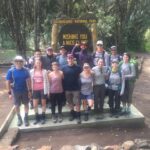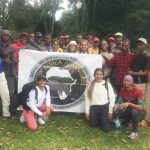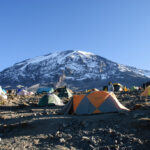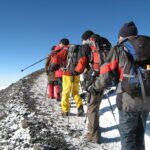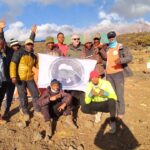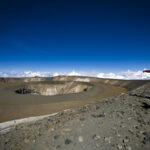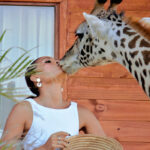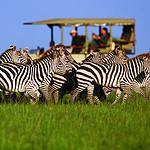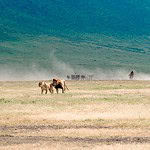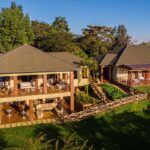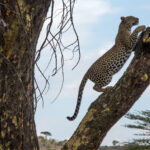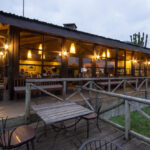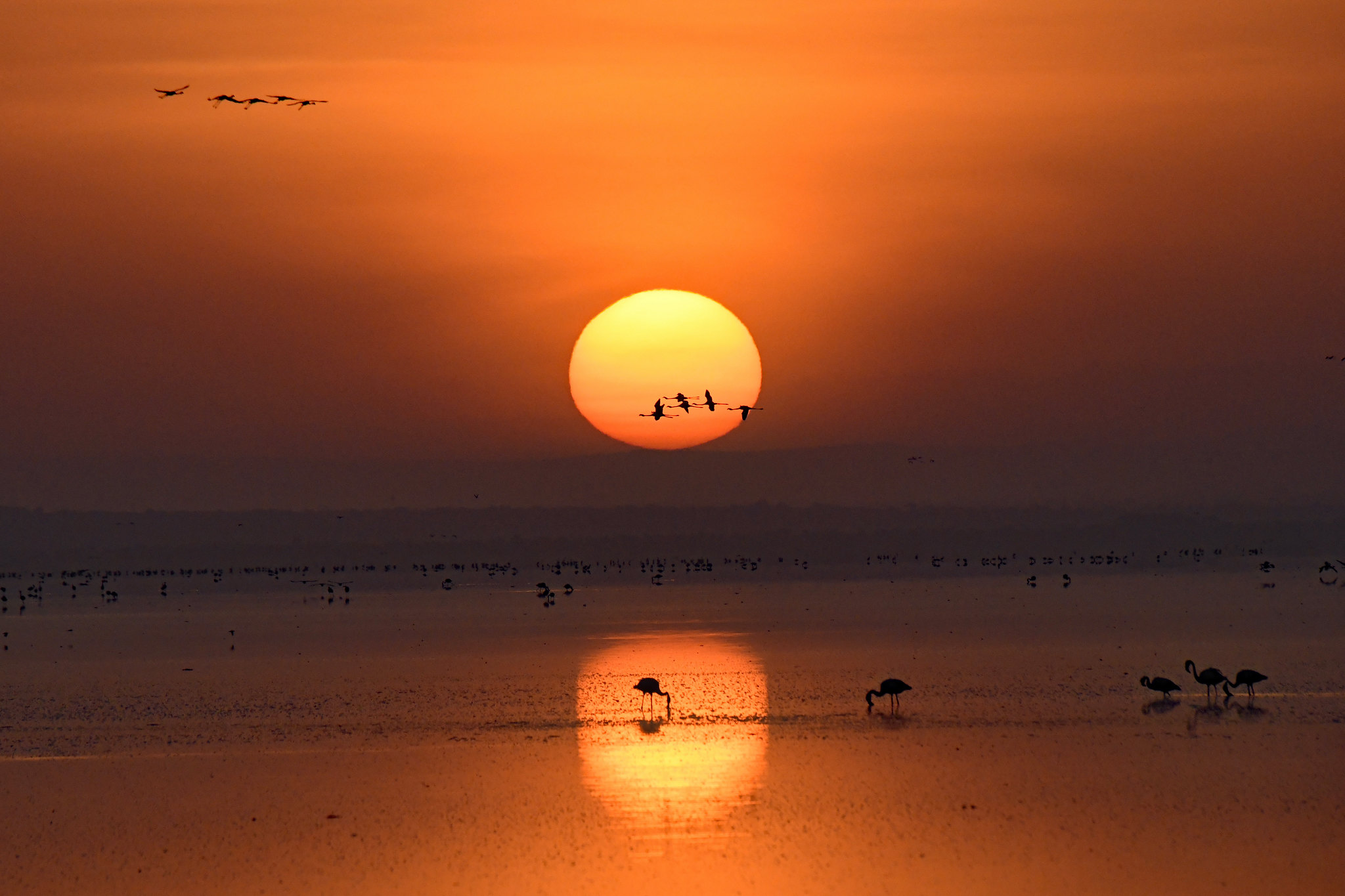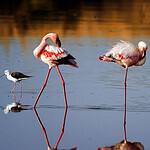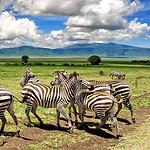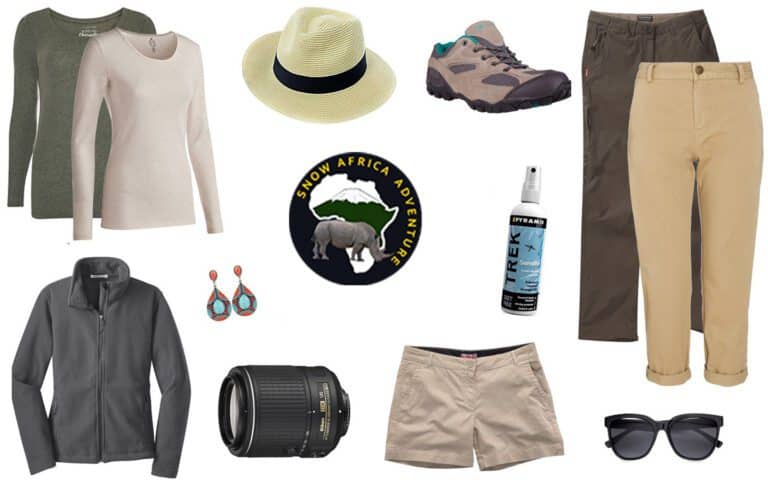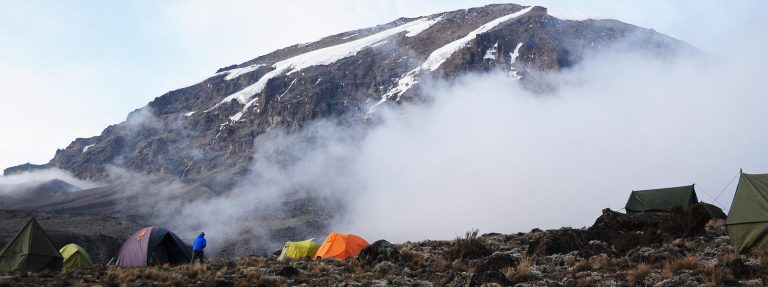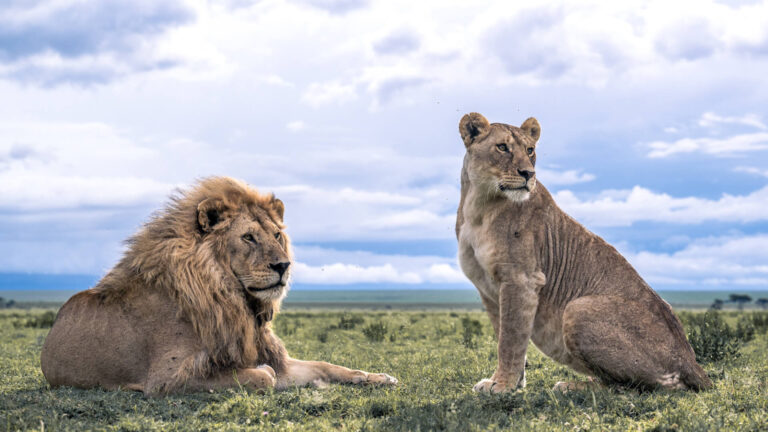Table of Contents
Climbing Mount Meru: The Ultimate Guide to Tanzania’s Hidden Trekking Gem
Nestled in the shadow of its more famous sibling, Mount Kilimanjaro, Climbing Mount Meru offers an equally thrilling and scenic experience—without the crowds. Located in Arusha National Park, Mount Meru stands at 4,566 meters (14,980 feet), making it Tanzania’s second-highest mountain and the fifth-highest in Africa. Despite its lesser-known status, the climb is both challenging and breathtaking, and it serves as a perfect acclimatization trek for those aiming to conquer Kilimanjaro.
In this comprehensive guide, we’ll walk you through everything you need to know about climbing Mount Meru—including route details, best times to climb, costs, gear checklist, and top tips to make your journey unforgettable.
1. Why Choose Mount Meru?
There are several compelling reasons to consider climbing Mount Meru:
- Less Crowded: Unlike Kilimanjaro, Mount Meru sees far fewer trekkers, making it ideal for those seeking solitude and serenity.
- Wildlife Encounters: The climb starts inside Arusha National Park, meaning you may spot giraffes, buffaloes, and monkeys on the lower slopes.
- Acclimatization: Many climbers use Mount Meru as a warm-up for Kilimanjaro, thanks to its high elevation and gradual ascent.
- Dramatic Scenery: Expect lush rainforests, alpine deserts, volcanic craters, and panoramic views, especially of Kilimanjaro on clear days.
2. Overview of the Trek
Elevation: 4,566 meters (14,980 feet)
Days Required: 3 to 4 days
Difficulty Level: Moderate to Challenging
Start Point: Momella Gate, Arusha National Park
Permit Required: Yes, included in tour packages
3. The Route: Day-by-Day Breakdown
Day 1: Momella Gate (1,500m) to Miriakamba Hut (2,500m)
Distance: ~10 km
Duration: 4–6 hours
After registering at Momella Gate, you’ll begin your trek through savannah and montane forest. Expect to see giraffes, bushbucks, and possibly elephants. The trail climbs gradually until you reach Miriakamba Hut, your first overnight stop.
Day 2: Miriakamba Hut to Saddle Hut (3,570m)
Distance: ~8 km
Duration: 3–5 hours
This day involves a steeper ascent through cloud forest and moorland. As you gain altitude, you’ll enjoy fantastic views of the Meru Crater and Ash Cone. The trek ends at Saddle Hut, where you’ll rest before the summit attempt.
Day 3: Saddle Hut to Summit (4,566m) and Back to Miriakamba Hut
Distance: ~19 km (round trip)
Duration: 10–12 hours
The summit push begins around midnight. You’ll ascend steeply along the crater rim to Socialist Peak, the highest point of Mount Meru. Watch the sunrise over Kilimanjaro—an unforgettable experience. You’ll then descend back to Miriakamba for a well-earned rest.
Day 4: Miriakamba Hut to Momella Gate
Distance: ~10 km
Duration: 3–4 hours
The final descent takes you back through the forest to Momella Gate, where you’ll sign out and receive a certificate of completion.
4. When is the Best Time for Climbing Mount Meru?
The best months for climbing Mount Meru are during the dry seasons:
- January to early March
- June to October
These periods offer clear skies, dry trails, and better visibility. Avoid the long rainy season (March–May) and short rains (November), as trails can become muddy and visibility may be poor.
5. How Much Does It Cost to Climb Mount Meru?
Here’s a general breakdown of costs:
| Item | Approximate Cost (USD) |
|---|---|
| Park Fees (3-4 days) | $250–350 |
| Guide & Porter Fees | $150–250 |
| Accommodation (huts) | Included in park fees |
| Meals & Equipment | $100–200 |
| Tour Package (All-inclusive) | $650–950 |
Note: It’s mandatory to hire an armed park ranger, which is included in most organized treks.
6. What to Pack for Mount Meru
Packing smart is essential. Here’s a checklist for climbing Mount Meru:
Clothing:
- Moisture-wicking base layers
- Insulated jacket (down or fleece)
- Waterproof jacket and pants
- Hiking pants and shirts
- Warm gloves and hat
- Gaiters
- Trekking boots
Equipment:
- Sleeping bag (rated to at least -10°C)
- Headlamp with extra batteries
- Trekking poles
- Daypack (20–30L)
- Sunglasses and sunscreen
- Reusable water bottles or hydration pack
7. Fitness and Training Tips
Climbing Mount Meru demands moderate to high fitness. Prepare with:
- Regular hiking with a weighted pack
- Stair climbing and leg strength training
- Cardio: jogging, swimming, cycling
- Altitude simulation, if available
Acclimatization is crucial. Hydrate well, ascend slowly, and recognize altitude sickness symptoms like headaches, nausea, and dizziness.
8. Flora and Fauna of Mount Meru
Unlike Kilimanjaro, Meru’s trails are rich with wildlife due to their location in Arusha National Park. Some highlights include:
- Giraffes and zebras on the lower slopes
- Blue monkeys and Colobus monkeys in the forests
- Buffaloes, warthogs, and bushbucks
- Birds: turacos, hornbills, and eagles
- Unique vegetation zones from rainforest to alpine desert
9. Comparison: Mount Meru vs. Kilimanjaro
| Feature | Mount Meru | Kilimanjaro |
|---|---|---|
| Height | 4,566m | 5,895m |
| Duration | 3–4 days | 5–9 days |
| Crowds | Low | High |
| Wildlife | High | Low |
| Cost | Lower | Higher |
| Acclimatization | Great for Kilimanjaro | N/A |
Mount Meru is not just a training ground—it’s a rewarding adventure in its own right.
10. Top Tips for Climbing Mount Meru
- Book with a reputable tour operator – Look for local companies with good reviews.
- Acclimatize well – Take it slow and hydrate.
- Pack layers – Weather changes rapidly on the mountain.
- Don’t underestimate the summit night – It’s steep and long, but worth the effort.
- Carry snacks – Energy bars and trail mix can be lifesavers.
- Respect the mountain – Leave no trace and follow ranger instructions.
11. Is Climbing Mount Meru Worth It?
Absolutely. Whether you’re preparing for Kilimanjaro or looking for a unique trekking experience in East Africa, climbing Mount Meru offers unmatched rewards—stunning landscapes, wildlife encounters, and a deep sense of achievement. It’s a challenging but doable trek that leaves lasting memories.
12. Testimonials from Trekkers
“Mount Meru was the highlight of my trip to Tanzania. The views of Kilimanjaro at sunrise were spectacular, and we saw giraffes on the trail!” – James, USA
“Less crowded, more wildlife, and very well organized. If you’re climbing Kilimanjaro, do Meru first. You won’t regret it.” – Fatima, UAE
Conclusion
Climbing Mount Meru is one of Tanzania’s best-kept secrets. It offers a true wilderness experience, rich biodiversity, and a fulfilling summit adventure. Whether you’re an experienced trekker or a first-timer looking for an unforgettable challenge, Mount Meru delivers an experience that is both humbling and exhilarating.
Pack your gear, train well, and get ready to conquer one of Africa’s most beautiful and underrated mountains. Let the adventure begin!

